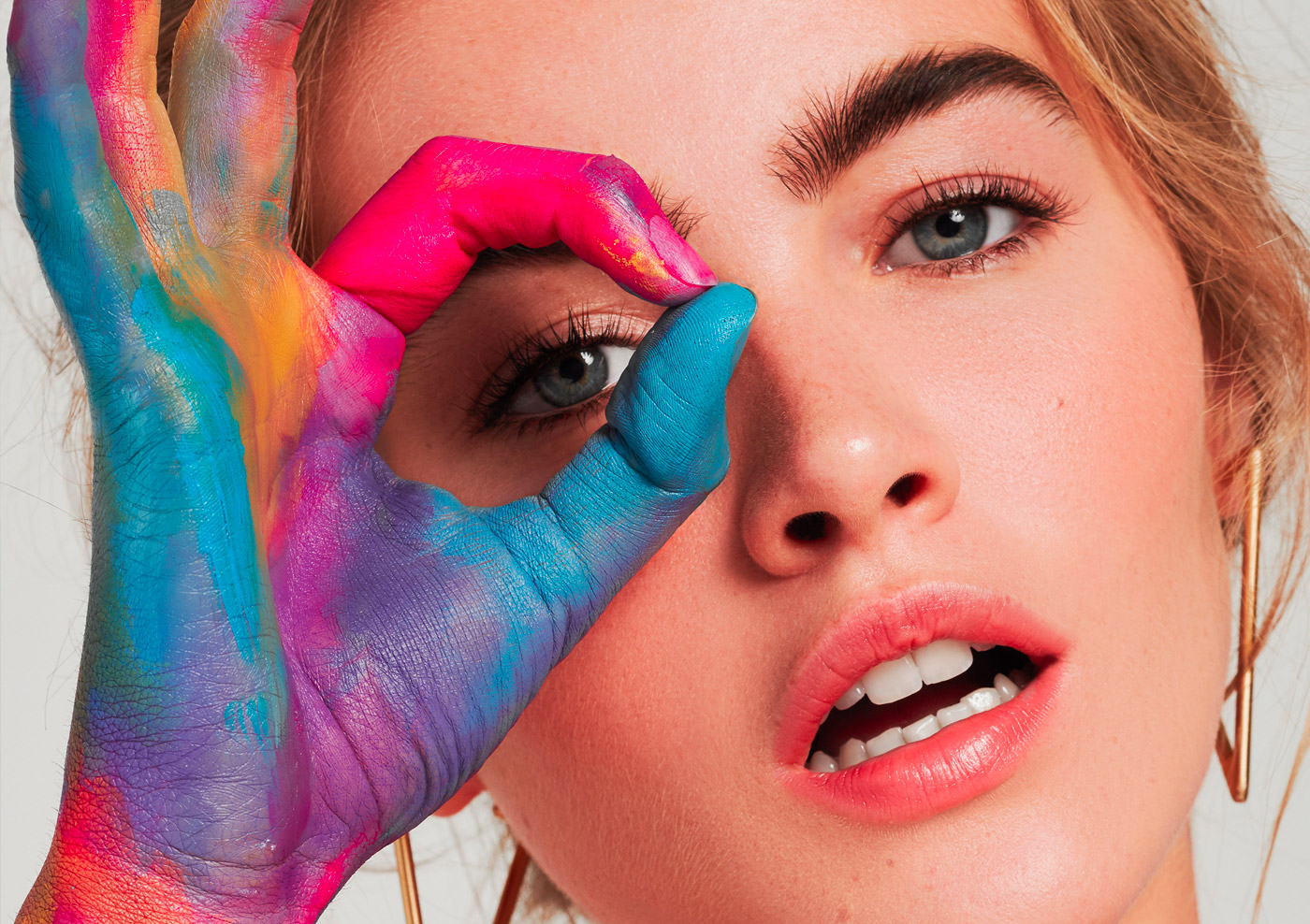The beauty industry is one of the fastest-growing sectors globally, driven by technological advancements, changing consumer preferences, and the rise of social media influencers. With new innovations in skincare, cosmetics, and wellness products, the beauty landscape has evolved significantly. Consumers now have more access to personalized beauty solutions, from skincare routines tailored to their specific needs to virtual makeup trials and AI-powered beauty assistants.
In this article, we will explore how technology is shaping the beauty industry, how consumer trends are evolving, and the key innovations that are transforming how we perceive and engage with beauty products.
The Role of Technology in Beauty
- Personalized Skincare and AI: One of the most significant technological advancements in the beauty industry has been the rise of personalized skincare. With the help of artificial intelligence (AI), companies can now offer consumers products that are tailored to their unique skin types, concerns, and preferences. AI-powered apps can analyze users’ skin conditions by using photos or information about skin type, age, and environment, recommending skincare routines that address individual needs. For example, brands like Proactiv and L’Oréal have implemented AI technology to create personalized skincare regimens based on the analysis of various skin factors. This customization gives consumers more confidence in their skincare choices, as they can now use products that specifically target their unique needs.
- Virtual Try-Ons and Augmented Reality (AR): Virtual try-on technology, powered by augmented reality (AR), is revolutionizing the way consumers purchase beauty products. With AR, consumers can try on makeup products virtually through their smartphones or computers without physically applying the products. This technology is offered by various beauty brands, such as Sephora, L’Oréal, and MAC, allowing customers to visualize how different shades of lipstick, foundation, or eyeshadow will look on their skin tones. Virtual try-ons help reduce purchase hesitation and return rates while enhancing the shopping experience by allowing customers to make more informed choices before buying. Moreover, this technology offers a more interactive and personalized shopping experience, particularly beneficial for online beauty shopping, where trying products in person is not possible.
- Skin Analysis Devices: High-tech skin analysis devices are another way the beauty industry is incorporating technology to help consumers understand their skin’s needs better. These devices, such as the FOREO UFO or Neutrogena Skin360, use sensors and artificial intelligence to analyze factors like skin moisture, elasticity, and wrinkles, then provide personalized skincare recommendations. These tools can be used at home, enabling consumers to track the progress of their skincare routines and see the effects of different products over time. This level of precision allows individuals to target specific skin concerns with better accuracy and enhances the overall effectiveness of their skincare regimen.
Consumer Trends in Beauty
- Sustainability and Ethical Beauty: In recent years, sustainability has become one of the most important factors for consumers when making purchasing decisions in the beauty industry. More consumers are opting for products that are eco-friendly, cruelty-free, and made with sustainable ingredients. Brands are responding by increasing transparency about their supply chains, using recycled packaging, and ensuring their products do not harm the environment or animals. Consumers are also becoming more conscious about the ingredients in their beauty products. Brands are now focusing on creating clean beauty products that avoid harmful chemicals and promote natural, plant-based ingredients. This trend towards sustainability and ethical practices is expected to continue as younger generations, particularly Gen Z, push for more eco-conscious options.
- Inclusive Beauty and Diversity: The push for diversity and inclusivity has made a significant impact on the beauty industry in recent years. Consumers are demanding that beauty brands offer products that cater to all skin tones, hair types, and ethnic backgrounds. Brands like Fenty Beauty by Rihanna and Maybelline have made waves by offering a wide range of shades for foundation and concealers, giving more people access to beauty products that match their skin tones. The focus on inclusivity goes beyond just product offerings. Beauty brands are also becoming more diverse in their marketing, using models from different racial and ethnic backgrounds and celebrating various body types. This shift has helped foster a more inclusive and representative beauty standard, with brands continuing to evolve to meet the needs of a broader audience.
- Wellness and Self-Care: Beauty is increasingly intertwined with wellness, as consumers are focusing not only on looking good but also on feeling good. The rise of self-care has led to the development of beauty products that promote relaxation, stress relief, and overall well-being. Products like facial masks, essential oils, and body lotions are now designed not just for aesthetic purposes but to enhance mental and emotional health as well. Wellness influencers and content creators are also playing a significant role in promoting beauty routines that integrate mindfulness, meditation, and healthy living. As a result, many beauty brands are expanding their product lines to include wellness-focused items such as stress-relieving face masks, aromatherapy-based skincare, and holistic beauty tools like jade rollers and gua sha stones.
The Influence of Social Media and Influencers
Social media has had a profound impact on the beauty industry, with platforms like Instagram, YouTube, and TikTok serving as powerful tools for product discovery and brand engagement. Beauty influencers and content creators have become key opinion leaders, shaping trends and guiding consumer purchasing decisions.
Brands are increasingly collaborating with influencers to promote their products, creating authentic content that resonates with their target audiences. The influence of beauty influencers has led to the rapid rise of “viral” beauty products and trends, often generated by user-generated content on social media platforms.
Moreover, live streaming and direct-to-consumer shopping experiences on platforms like Instagram Live and TikTok Shopping are becoming more common, allowing beauty brands to connect with their audience in real-time, showcase products, and drive immediate sales.
Innovations in Beauty Products
- Smart Beauty Devices: The trend toward integrating technology into beauty products is growing. Smart beauty devices, such as facial cleansing brushes, LED therapy masks, and hair tools that adjust heat settings based on hair texture, are becoming more popular. These devices use advanced sensors, AI, and data analytics to deliver more personalized beauty treatments at home.
- Beauty Supplements: Another growing trend is the rise of beauty supplements, which are designed to improve skin, hair, and nails from the inside out. Brands like Hum Nutrition and Vital Proteins offer collagen, biotin, and other nutrients that support healthy skin and hair. These supplements are often marketed as part of a holistic approach to beauty that complements external skincare routines.
Conclusion
The beauty industry is undergoing a rapid transformation, driven by technological advancements, evolving consumer trends, and the demand for inclusivity, sustainability, and wellness. Technology, particularly AI, AR, and smart devices, is providing consumers with more personalized and interactive beauty experiences, while social media and influencers are shaping trends and driving product discovery.
As the industry continues to innovate, we can expect to see even more exciting developments, such as virtual beauty consultations, further advancements in skin analysis, and more sustainable and ethical product offerings. Ultimately, the beauty industry will continue to grow and adapt to meet the needs of consumers who increasingly prioritize customization, sustainability, and self-care.

